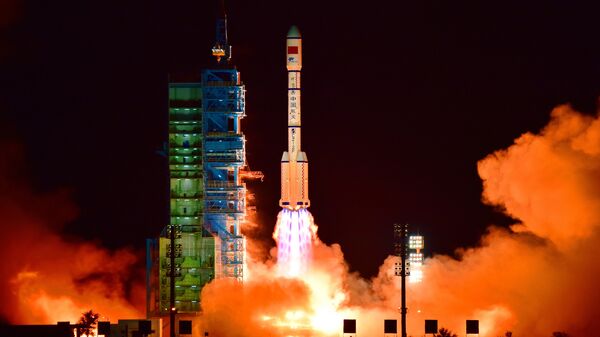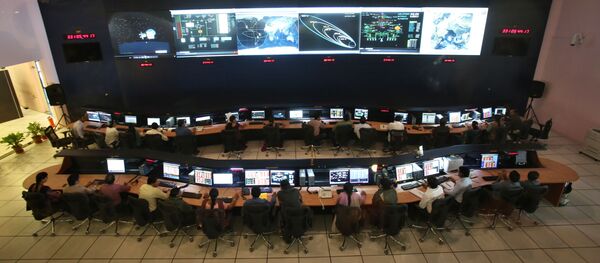The company, which is also known as Beijing Blue Arrow Space Technology, is planning on completing ground tests for the medium-sized liquid oxygen methane rocket in 2019. First flights are expected to take place in 2020, Asia Times reported Monday.
According to Chinese news source Yicai, the rocket is the largest private carrier rocket in China.
Liquid rockets, as opposed to solid-fuelled ones, use liquid propellants. Liquid propellants carry some advantages over solid ones, one being that the high density of liquids results in less physical volume of propellant required, and thus allows for lower volume, lighter propellant tanks. (Solid propellants with lower densities would necessitate larger propellant tanks.) Lightweight centrifugal turbopumps can pump liquid propellant from tanks into the rocket combustion chamber, where the propellants can be kept under low pressure.
Other rocket companies, such as Elon Musk's SpaceX and Jeff Bezos' Blue Origin, are also planning to eventually launch liquid oxygen methane rockets, Yicai reported this weekend.
According to Blue Arrow Aerospace CEO Zhang Changwu, the Suzaku No. 2 rocket's launch capacity is greater than that of SpaceX's Falcon 9. The Suzaku will be able to engage in space station missions, deep space exploration and moon landings.
"The medium-sized liquid launch vehicle is a shortage [in the] rocket launching market and an environmentally friendly, cost-effective, high-thrust rocket engine determines the competitiveness of the launch vehicle in the market," Zhang recently told the First Financial Reporter.
"In the future, companies with medium-sized rocket development capabilities can have a place in the commercial launch market where medium and low-orbit satellite launch demand is mainstream," Zhang aded.
Last week, Chinese state-run news agency Xinhua also announced that the country is developing an ultra-powerful rocket, the Chinese Long March-9, that could deliver heavier payloads into low-Earth orbit than any of NASA's or SpaceX's launch vehicles.
By 2030, the Chinese Long March-9 rocket will be capable of carrying 140 tonnes into low-Earth orbit, which extends out to 1,200 miles above the Earth's surface, according to Long Lehao, a senior official at the Chinese Academy of Engineering.
In comparison, Europe's Ariane 5 rocket can deliver 20 tonnes into low-Earth orbit while Elon Musk's Falcon Heavy can catapult 64 tonnes. The Long-March 9 would also outstrip the 130 tonnes that will be delivered by NASA's Space Launch System (SLS), which is currently under development and expected to become operational in 2020.






